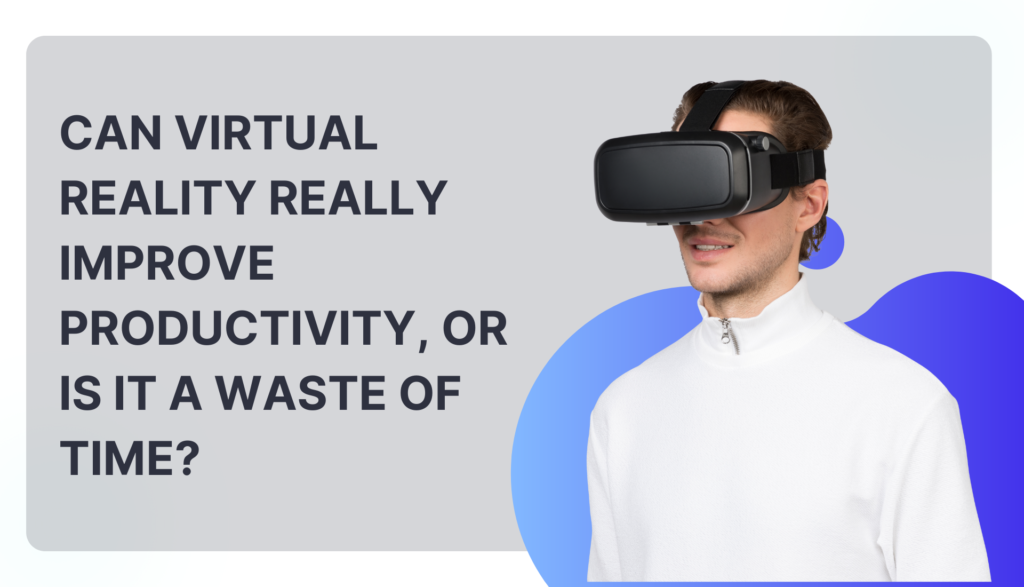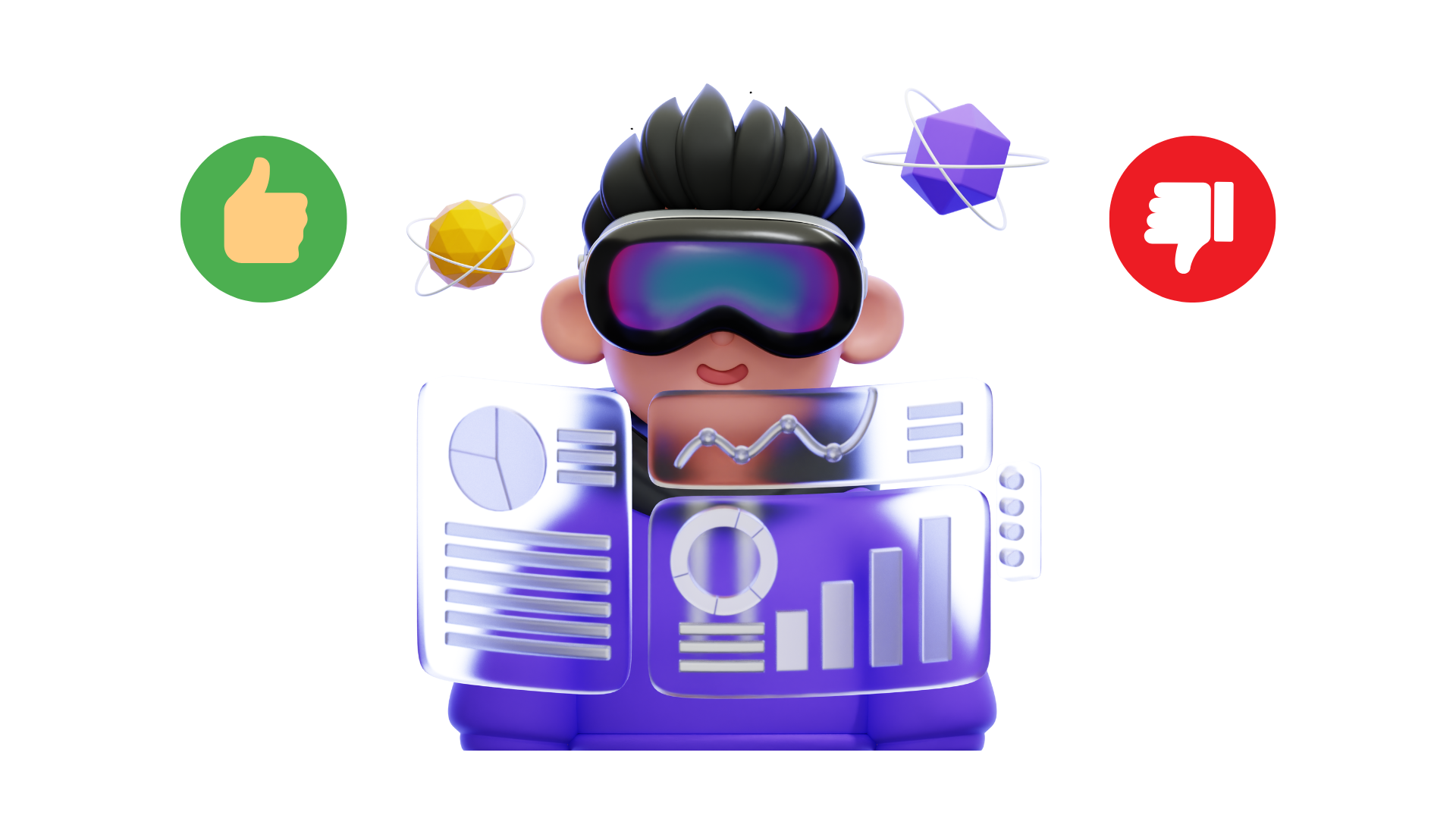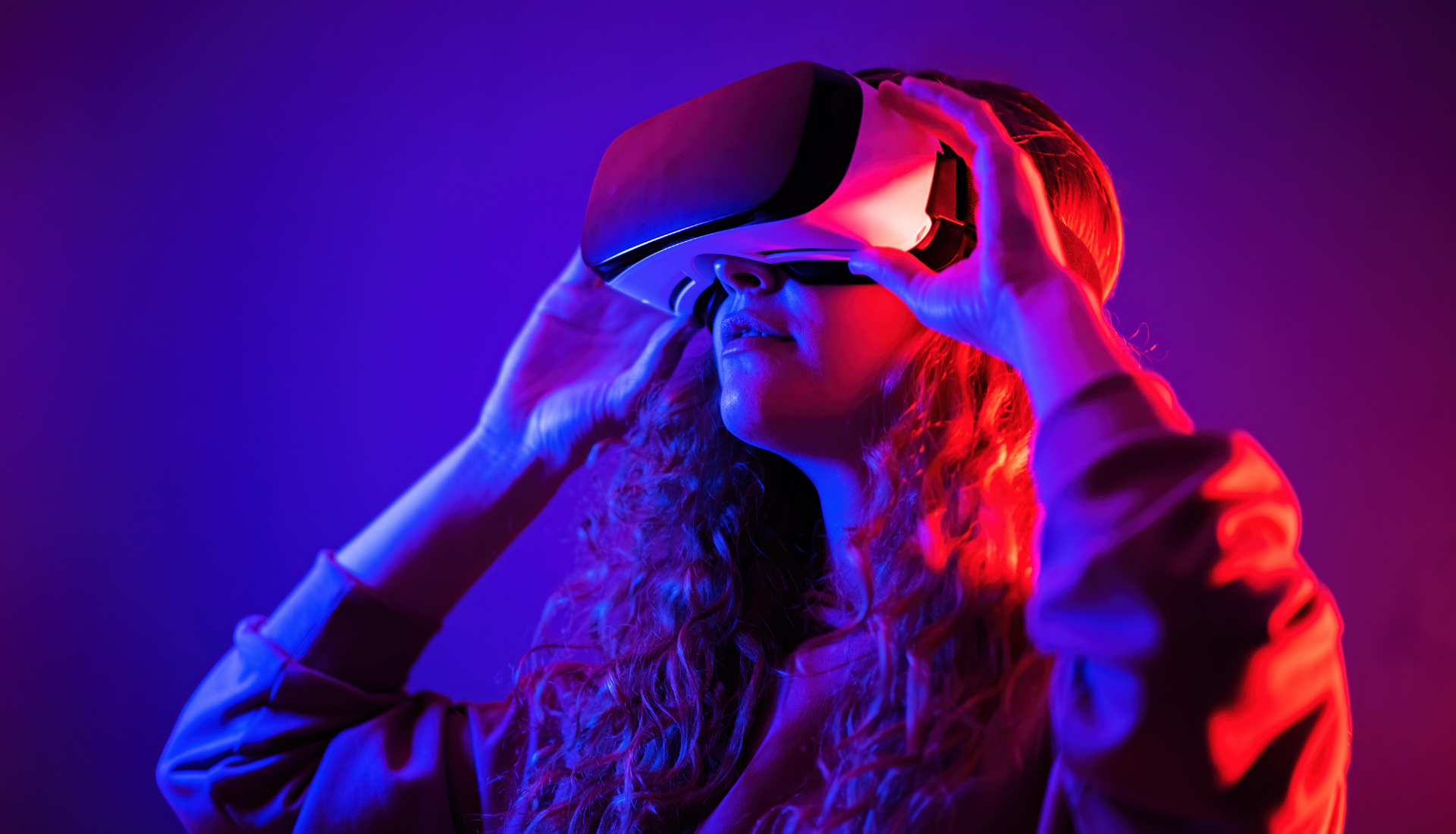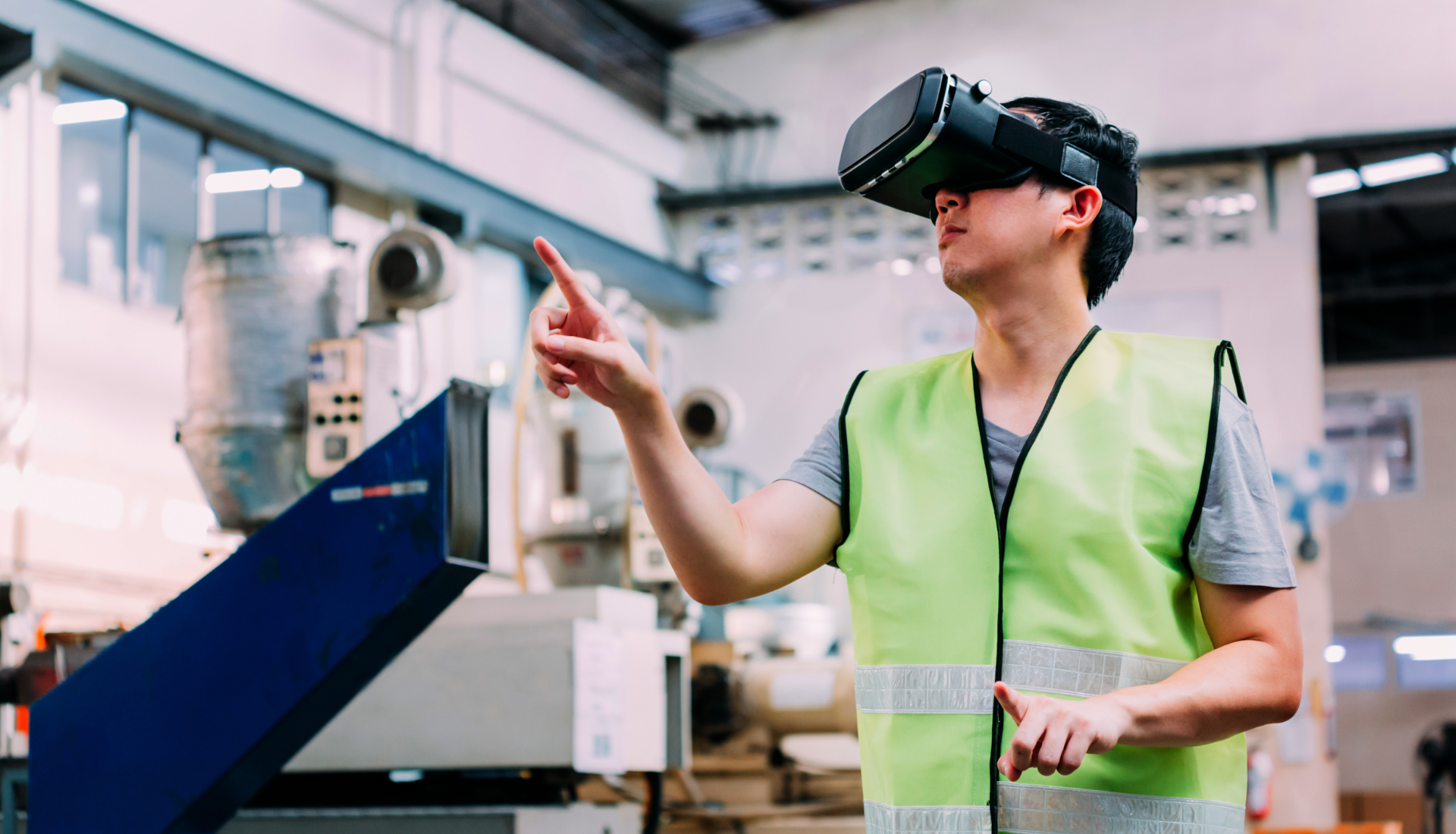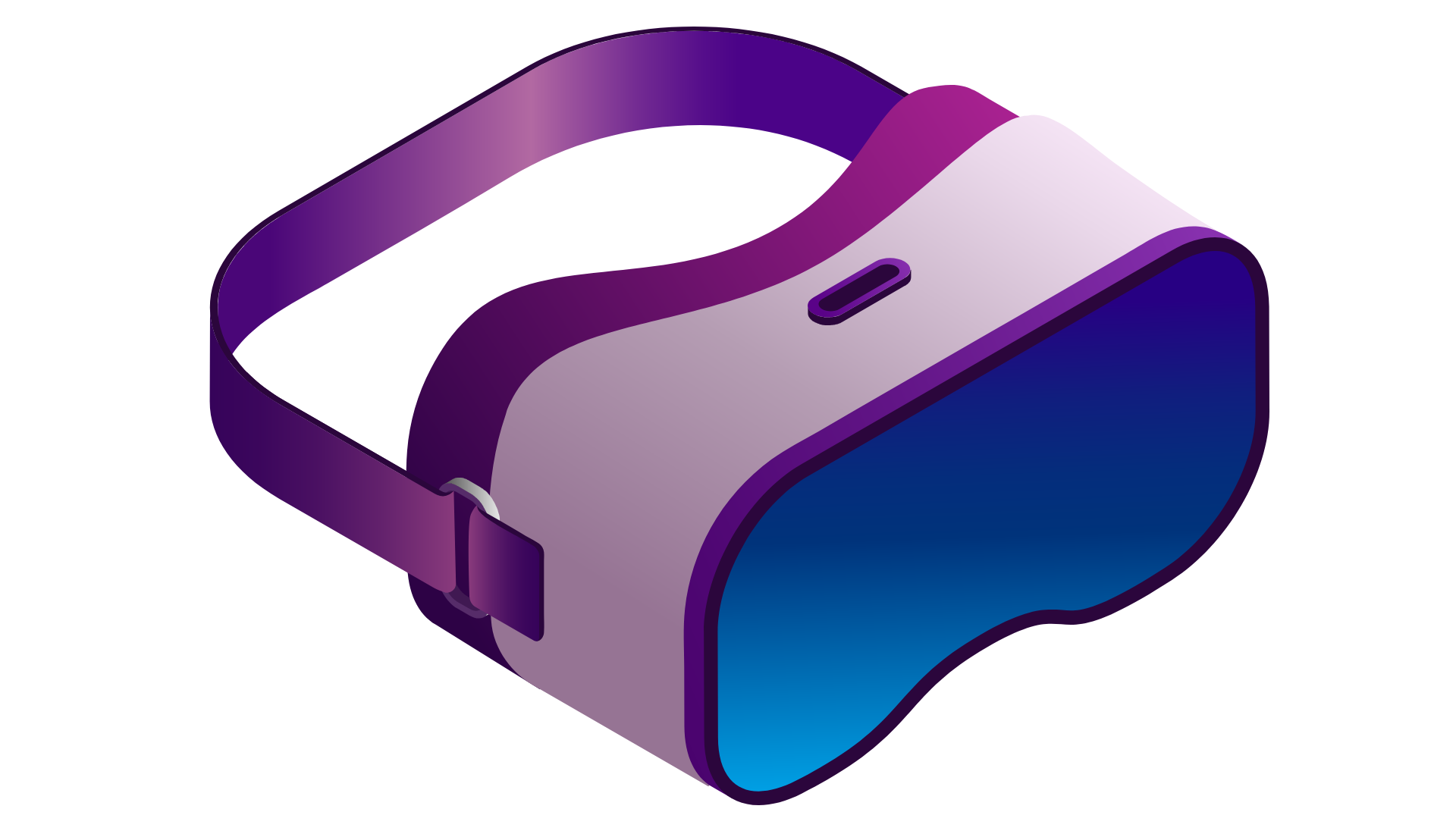Working in an environment that is completely quiet and free of distractions enables absolute concentration. In the future, virtual reality will present the possibility of creating optimal work environments through its virtual spaces. A new way of conducting meetings, training and teamwork activities exists through this platform. Researchers have differing opinions about the generation of creativity through VR devices despite their fancy appearance. Does wearing a headset equipment enable improved workplace performance? Technology stands as either an investment of time and monetary resources or a useless expenditure. Some companies support virtual reality solutions, yet multiple organizations remain undecided about their financial value. VR technology represents the workplace of tomorrow or serves as a momentary phase in industrial evolution. Let’s dive in and find out!
Table of Contents
- Introduction – Can VR Make Work Better or Worse?
- What is VR and How is it Used for Work?
- How VR Can Improve Productivity
- The Downsides of VR at Work
- Who is Using VR for Work?
- Is VR the Future of Work or Just a Trend?
- Final Thoughts – Should You Care About VR for Productivity?
Introduction – Can VR Make Work Better or Worse?
Working in an environment that eliminates all sounds with complete concentration provides an unprecedented work experience. Virtual reality (VR) establishes work-friendly environments through its technology to enhance professional performance. The platform functions as a multitool, which improves communication between colleagues through new methods of interaction. People have different opinions about VR because they see it as both a work enhancer and a useless tech. Does wearing a headset provide actual benefits for completing more work? The use of VR technology functions as either a valuable investment or serves no purpose other than spending time and money. Several firms have started to adopt VR, while others hesitate over its total cost-effectiveness. Does the workplace of tomorrow materialize through this current trend or shape into an entirely different form? Let’s dive in and find out!
What is VR and How is it Used for Work?
Virtual Reality activates a system that produces virtual worlds where users can engage with digital aspects through realistic interactions. VR was primarily used in gaming and entertainment activities, but businesses have started to integrate it into their workplace operations. Organizations employ VR technology to conduct meetings, deliver training sessions, and create designs while performing remote teamwork. When using a virtual reality headset, workers can access digital simulations of offices and handle three-dimensional models in addition to practising with authentic training exercises. The implementation of VR in workplace settings might result in enhanced productivity, yet it functions as a brief business fad that companies pursue.
How VR Can Improve Productivity
1. Focused, Distraction-Free Workspaces
Through virtual reality, people at work can block out typical productivity barriers because it creates a complete digital experience. Users wearing VR headsets can achieve uninterrupted focus in either their homes or office environments. Users can obtain access to all their digital resources from a 360-degree VR work environment instead of traditional multiple monitor setups.
2. Better Virtual Meetings and Teamwork
People find VR-based meeting interactions to be superior to traditional video conference experiences. The ability to detect real body signals and experience spatial audio along with present feelings distinguishes VR meetings from conventional video platforms like Zoom or Teams. Virtual offices provide team members an opportunity to develop ideas on digital whiteboards where they also collaborate on 3D models simultaneously. The combination creates remote work that is both more efficient and more appealing for employees.
3. Hands-On Training Without Risk
VR trains people through simulated activities that provide extensive real-world simulations. The virtual environment lets employees carry out their normal work procedures without running into actual hazards. For example:
- Healthcare experts conduct digital surgical practices ahead of patient-based procedures.
- The risk-free environment allows engineers to practice complex machinery operations.
- AI-based virtual customer interaction serves as a practice opportunity for customer service representatives.
Training with this approach enables better knowledge retention while decreasing expenses from physical education installations.
4. Boosting Creativity and Problem-Solving
VR technology gives workers the ability to view concepts through fresh perspectives. The combination of 3D models developed by architects, designers, and engineers allows for complete spatial interaction. Employees access blueprints in their real-time environment rather than viewing plans from flat screens. The training creates superior choices and better designs, together with enhanced creative solutions for problems.
The Downsides of VR at Work
1. Expensive and Not Easy for Everyone
Virtual reality devices, along with their associated software programs, come at high price points. Companies must dedicate their investments to headsets and software as well as workforce training to achieve effective VR utilization. These costs limit VR access for small businesses because not all organizations can sustain such financial investments.
2. Health Issues Like Motion Sickness
The primary issues related to VR involve users experiencing motion sickness and eye strain. Users experience dizziness together with nausea when they wear VR headsets for durations exceeding an acceptable period. Prolonged usage causes both discomfort and headaches, which reduce employees’ ability to work continuously through VR.
3. Hard to Learn and Use at First
The implementation of VR involves adjustment through practice. Workers must be instructed for basic operations inside virtual work environments and with the tools available. Transitioning to learn new processes will delay the start of productive performance. Users who are either ageing or new to gaming face trouble mastering the VR control systems and movement methods.
4. Less Face-to-Face Human Interaction
People receive better interactivity from using VR meetings instead of video calls yet real human connection remains challenging to achieve through these platforms. The VR environment makes it challenging to mimic natural body signals and effective eye contact together with genuine casual exchanges. Spending excessive time in virtual environments leads to feelings of separation from the point where individuals prefer interacting with colleagues in person.
Who is Using VR for Work?
Business organizations from diverse sectors implement VR technologies for their operations. Professionals from both the architectural field and design world utilize VR to conduct virtual walkthroughs while healthcare practitioners conduct training sessions within simulated settings. Manufacturers along with remote teams, utilize virtual reality offices for collaborative work and produce better training and prototyping applications through simulated environments.
1. Companies Getting Results with VR
Virtual reality applications currently serve productivity enhancement among numerous leading corporations:
- Meta (formerly Facebook): Uses VR for remote collaboration and employee training. Virtual environments provide employees with real-time collaborative capabilities that enable thousands of miles of distance to become irrelevant for creativity and teamwork.
- Walmart: VR technology helps employees learn customer service along with crisis management skills. Employees develop better high-stress scenario performance and retention rates through the immersive capabilities of virtual reality systems.
- Ford: The company utilizes virtual reality as a platform for vehicle engineering and design collaboration among its teams. Engineers utilize virtual space visualization for prototypes and designs to carry out pre-production assessments which leads to cost savings and better final results.
- Pfizer: Conducts medical training and research simulations with VR. Medical professionals use virtual reality spaces to perform complicated procedures without any risk, thereby enhancing their ability to care for actual patients.
2. Jobs and Industries That Benefit Most
The application of VR technology suits specific sectors better than others.
- Healthcare: VR in healthcare: Medical professionals can use VR to both train doctors and conduct remote surgeries and phobia treatments. Medical professionals can use VR for surgical practice diagnostic training and patient therapy through immersive experiences which treat PTSD and anxiety.
- Real Estate: Virtual property tours and interactive home staging. Real estate agents provide potential buyers with realistic interactive experiences to view properties from their homes which improves both the buying process and market prospects.
- Architecture & Design: 3D modelling and walkthroughs of buildings. Clients can walk through designs in a Virtual Reality, giving optimal feedback on the possibilities that architects and designers are planning to execute which makes it easier to avoid expensive design mistakes.
- Education: Virtual classrooms and interactive learning experiences. VR can be used as a means of making learning more engaging for students, especially when the mode of learning is practical and can be applied in the classroom.
- Manufacturing: Virtual training in manufacturing Virtual reality systems enable employees to conduct training sessions with machinery and assembly line operations independently. Virtual reality provides employees with a safe environment for performing machinery tasks and working complex assembly lines so they become proficient faster while experiencing decreased safety accidents.
Is VR the Future of Work or Just a Trend?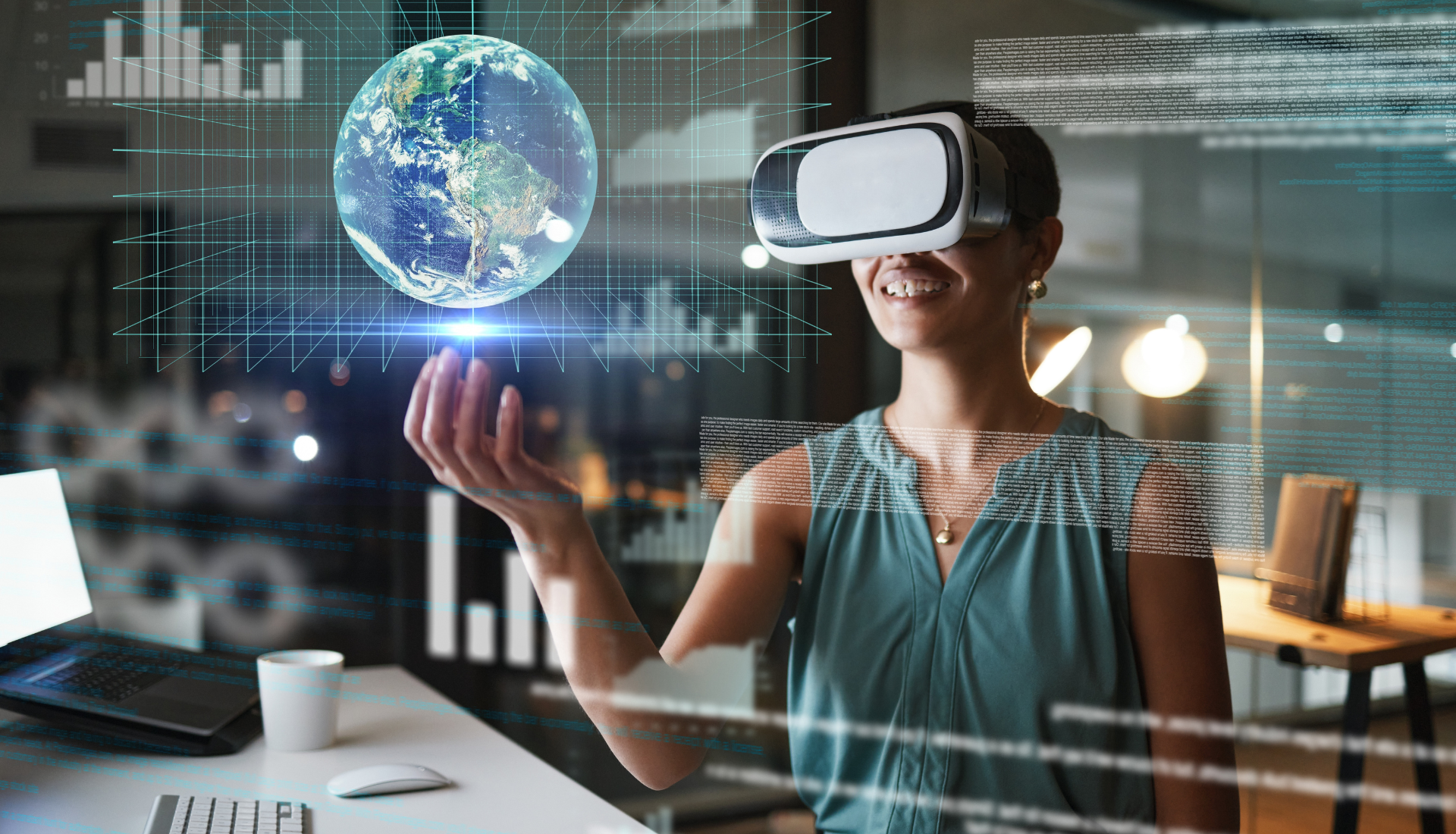
VR demonstrates strong potential but fails to establish itself as a necessary tool for all workplaces at this time. A few organizations recognize the substantial advantages of VR adoption, yet other companies identify it as costly or impractical. Multiple conditions will determine the VR future in work environments:
- Technology Improvements: The potential of virtual reality remains high yet it remains unacceptable for all business environments at present. Some organizations experience significant advantages, but other businesses view it as too excessive or inconvenient. Several elements will determine the future of VR in workplace applications.
- Better Software: User-friendly virtual reality applications designed for business environments will simplify their deployment. Specific VR tools developed to target different industries will make these platforms more practical for wider adoption. Virtual meeting tools will develop new features to create more involved and efficient digital conferences which replicate direct engagement between participants.
- Employee Acceptance: Working professionals might resist using virtual reality tools and employers need to strike a balance between the two methods of work. Providing appropriate training and support to employees about VR systems will help overcome their reluctance. Employers should handle VR implementation by making it an optional solution that supports individual choice while moving their workflows into technology-enhanced systems.
Final Thoughts – Should You Care About VR for Productivity?
The transformational nature of Virtual Reality work technologies does not fit all business needs. The technology demonstrates productive effects on specific sectors yet improves team communication and trainee education. High implementation expenses and health-related problems together with learning difficulties, diminish its usefulness for various organizations. The future trajectory of VR depends on technological progress alongside corporate investments in this technology field.
Key Takeaways
- VR can improve productivity, create optimal work areas, improve meeting practices and deliver practical instruction to enhance productivity.
- It boosts creativity and teamwork. The use of drones for monitoring purposes presents technical obstacles alongside expensive implementation methods.
- Health issues like motion sickness, alongside limited human interaction, prevent VR from becoming practical for daily work situations.
- Some industries benefit more than others, such as healthcare, real estate, and design.
- While VR has potential, it’s workplace evolution continues, but many organizations have not reached this stage yet.
The big question: Is VR a game-changer or just another tech trend? Time will tell!
